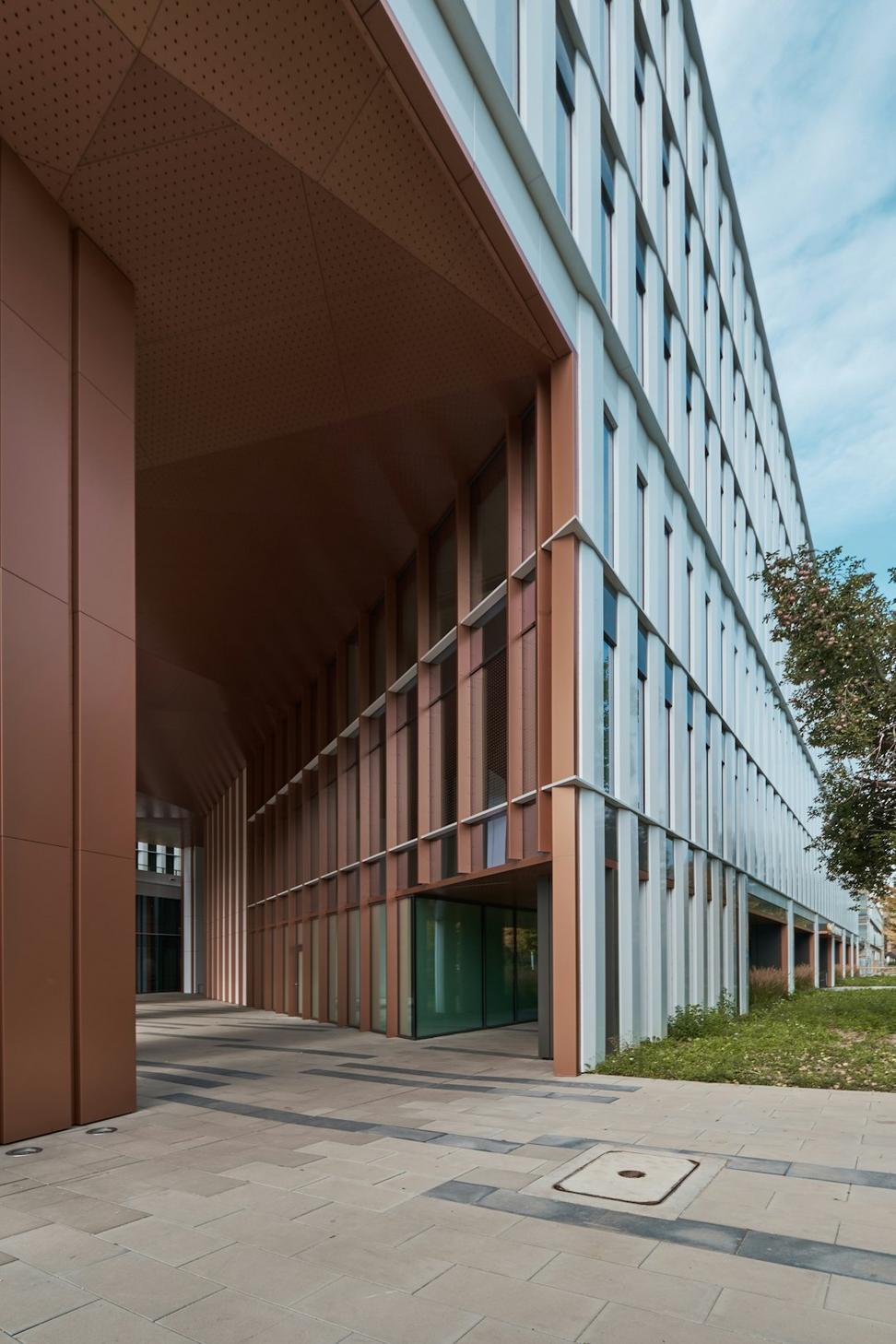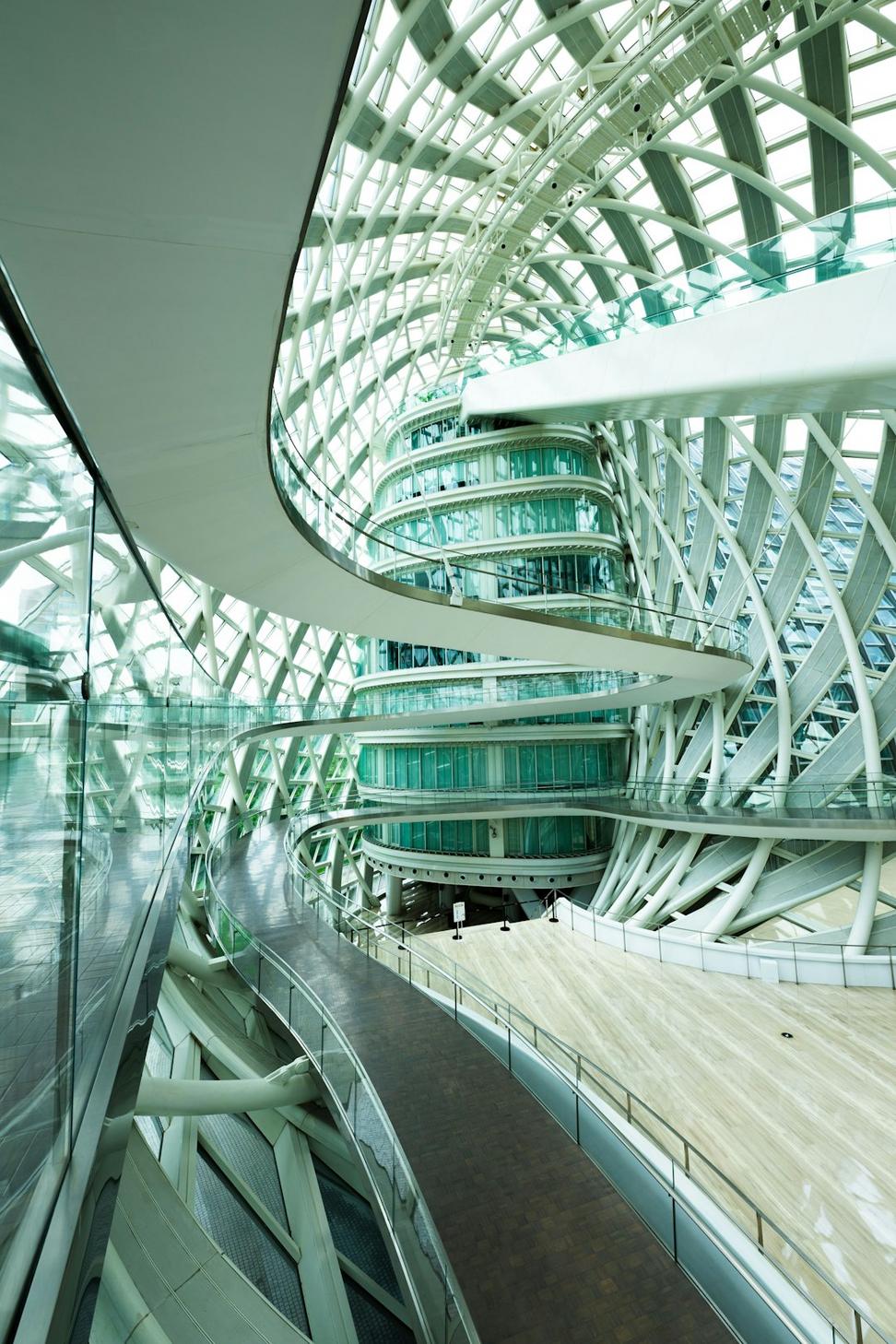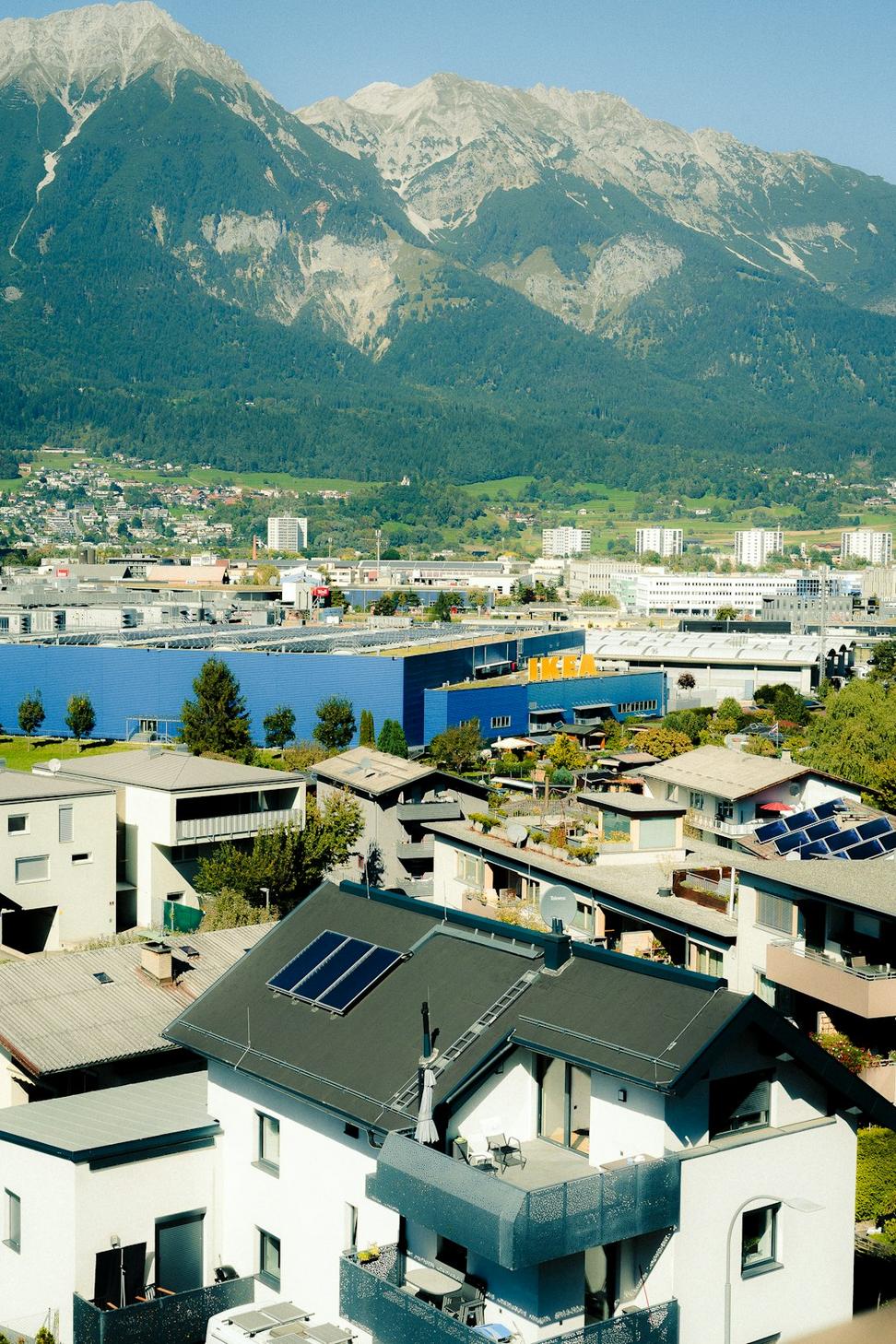
Building for Tomorrow
Not just talking about it - we're actually doing the work

Look, we've been at this for years, and honestly? The planet doesn't care about pretty renderings if the building's gonna guzzle energy like there's no tomorrow.
Started really digging into sustainable practices back in 2018 when a client asked if we could do better than "just meeting code." That question stuck with us. Now every project we take on has sustainability baked in from day one - not as an afterthought, but as the foundation of how we think about space, materials, and longevity.
We're not perfect, but we're learning constantly. Some experiments work, some don't. That's the reality of pushing boundaries in this field.
Here's how we've evolved over the years - the good, the challenging, and everything in between
First LEED project and man, did we have a learning curve. Realized we'd been doing things the "normal way" for too long. Started researching passive design strategies, reading everything we could get our hands on.
COVID hit and everyone was rethinking everything. We doubled down on healthy building materials and indoor air quality. Started experimenting with reclaimed materials - not just for looks but because it actually makes sense.
Got our LEED AP certification as a studio. Started consulting on adaptive reuse projects - turns out the greenest building is often the one that's already standing. Who knew? (Everyone knew, we just needed to listen better.)
Started mentoring younger architects because hoarding knowledge is pointless. Launched a local workshop series on sustainable retrofits. The more people doing this work well, the better for everyone.
Currently exploring biophilic design principles and how traditional building techniques can actually inform modern sustainable practice. Also deep into embodied carbon calculations - it's complex stuff but super important.
We source locally when possible, use reclaimed materials when it makes sense, and we're not afraid to tell a client when their material choice is questionable from an environmental standpoint. Had to have that conversation last month actually.
Rainwater harvesting, greywater systems, solar where viable. We model energy use early and often. Sometimes the numbers don't work out perfectly, but we're always transparent about it.
Buildings don't last forever (even though we wish they would). We design with future adaptability in mind - mechanical systems that can be updated, spaces that can change use, materials that can be reclaimed.

These aren't just badges to stick on our website - they represent actual training, accountability, and ongoing education
Accredited Professional in Building Design & Construction
Canada Green Building Council Active Member
Certified Passive House Consultant
Focus on human health & wellness in design
We don't have all the answers and anyone who says they do is probably selling something. What we do have is commitment, curiosity, and a willingness to try new approaches.
Every project teaches us something. Sometimes it's a new material application that works brilliantly. Sometimes it's realizing a system we thought would work needs rethinking. The key is staying open, listening to feedback, and being honest when something doesn't perform as expected.
If you're thinking about a sustainable project and want to work with people who'll level with you about what's possible, what's worth the investment, and what's just greenwashing nonsense - let's talk.